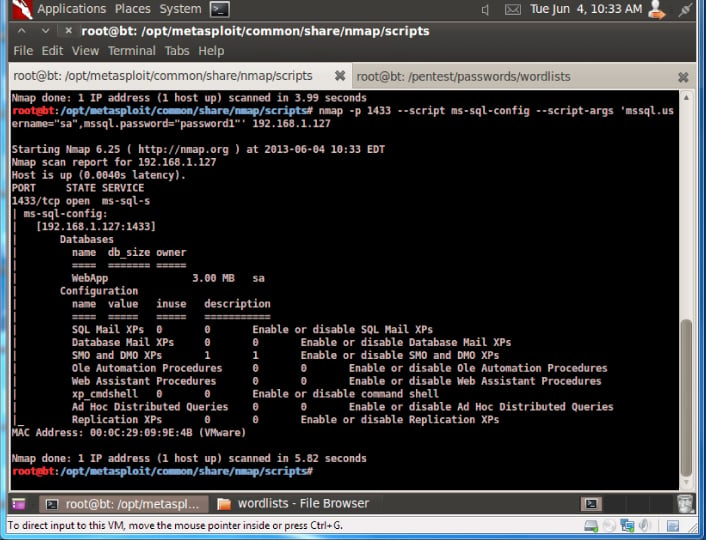

Also, the findstr option is case sensitive, which means that you must enter the string you want to find with the exact casing. In the command, make sure to replace STRING for the information you want to list. Type the following command to list all the connections that have the state set to LISTENING and press Enter: In addition to displaying all the available statistic information, you can also output only the certain details you need using these steps:
NETCAT WINDOWS TO IP HOW TO
How to search netstat details on Windows 10 If you want to see all the available parameters and additional help, you can always use the netstat /? command. The netstat -y command displays TCP connections templates for all connections. Usually, you'll never use this command unless you're using the server version of Windows or a high-performance application with a network adapter that supports this feature. NetworkDirect is a specification for Remote Direct Memory Access (RDMA), which is a process that allows fast data transfers using the network adapter, freeing up the processor to perform other tasks.

The netstat -x is another supported command on Windows 10, and it produces a list of NetworkDirect connections, shared endpoints, and listeners. (This feature is only present on supported network adapters.) Show NetworkDirect connections The "InHost" value indicates that offloading isn't enabled, and the "Offload" means that the feature is transferring the workload to the network adapter. The offload state refers to the TCP Chimney Offload, which is a feature that transfers the network workload from the processor to the network adapter during data transmissions. The netstat -t command generates a list of the current connection offload state. The netstat -a command displays all active and inactive connections, and the TCP and UDP ports the device is currently listening. The tool also includes several parameters that you can use in Command Prompt to display different information about the network connections. How to use netstat parameters on Windows 10

Other status include, closed, fin_wait_1, fin_wait_2, last_ack, listen, syn_received, syn_send, and timed_wait.

The double-semicolon inside brackets indicates the local IPv6 address, and "0.0.0.0" refers to the local address too.


 0 kommentar(er)
0 kommentar(er)
